1. Balasubramanian C, Price R, Brydon H. Anterior cervical microforaminotomy for cervical radiculopathy--results and review. Minim Invasive Neurosurg. 2008; 51:258–262. PMID:
18855288.

2. Choi G, Lee SH, Bhanot A, Chae YS, Jung B, Lee S. Modified transcorporeal anterior cervical microforaminotomy for cervical radiculopathy : a technical note and early results. Eur Spine J. 2007; 16:1387–1393. PMID:
17203272.

3. Cornelius JF, Bruneau M, George B. Microsurgical cervical nerve root decompression via an anterolateral approach : clinical outcome of patients treated for spondylotic radiculopathy. Neurosurgery. 2007; 61:972–980. discussion 980. PMID:
18091274.

4. Cuellar VG, Cuellar JM, Vaccaro AR, Carragee EJ, Scuderi GJ. Accelerated degeneration after failed cervical and lumbar nucleoplasty. J Spinal Disord Tech. 2010; 23:521–524. PMID:
21131800.

5. Hong WJ, Kim WK, Park CW, Lee SG, Yoo CJ, Kim YB, et al. Comparison between transuncal approach and upper vertebral transcorporeal approach for unilateral cervical radiculopathy - a preliminary report. Minim Invasive Neurosurg. 2006; 49:296–301. PMID:
17163344.

6. Hussain M, Natarajan RN, An HS, Andersson GB. Patterns of height changes in anterior and posterior cervical disc regions affects the contact loading at posterior facets during moderate and severe disc degeneration : a poroelastic C5-C6 finite element model study. Spine (Phila Pa 1976). 2010; 35:E873–E881. PMID:
21289493.
7. Jho HD. Microsurgical anterior cervical foraminotomy for radiculopathy : a new approach to cervical disc herniation. J Neurosurg. 1996; 84:155–160. PMID:
8592215.

8. Jho HD, Kim WK, Kim MH. Anterior microforaminotomy for treatment of cervical radiculopathy : part 1--disc-preserving "functional cervical disc surgery". Neurosurgery. 2002; 51(5 Suppl):S46–S53. PMID:
12234429.
9. Johnson JP, Filler AG, McBride DQ, Batzdorf U. Anterior cervical foraminotomy for unilateral radicular disease. Spine (Phila Pa 1976). 2000; 25:905–909. PMID:
10767800.

10. Kirkaldy-Willis WH, Farfan HF. Instability of the lumbar spine. Clin Orthop Relat Res. 1982; (165):110–123. PMID:
6210480.

11. Kotil K, Bilge T. Prospective study of anterior cervical microforaminotomy for cervical radiculopathy. J Clin Neurosci. 2008; 15:749–756. PMID:
18378143.

12. Kumaresan S, Yoganandan N, Pintar FA, Maiman DJ, Goel VK. Contribution of disc degeneration to osteophyte formation in the cervical spine : a biomechanical investigation. J Orthop Res. 2001; 19:977–984. PMID:
11562150.

13. Lee JY, Löhr M, Impekoven P, Koebke J, Ernestus RI, Ebel H, et al. Small keyhole transuncal foraminotomy for unilateral cervical radiculopathy. Acta Neurochir (Wien). 2006; 148:951–958. PMID:
16804642.

14. Miyazaki M, Hymanson HJ, Morishita Y, He W, Zhang H, Wu G, et al. Kinematic analysis of the relationship between sagittal alignment and disc degeneration in the cervical spine. Spine (Phila Pa 1976). 2008; 33:E870–E876. PMID:
18978580.

15. Nassr A, Lee JY, Bashir RS, Rihn JA, Eck JC, Kang JD, et al. Does incorrect level needle localization during anterior cervical discectomy and fusion lead to accelerated disc degeneration? Spine. 2009; 34:189–192. PMID:
19139670.

16. Osti OL, Vernon-Roberts B, Fraser RD. 1990 Volvo Award in experimental studies. Anulus tears and intervertebral disc degeneration. An experimental study using an animal model. Spine (Phila Pa 1976). 1990; 15:762–767. PMID:
2237626.

17. Saringer W, Nöbauer I, Reddy M, Tschabitscher M, Horaczek A. Microsurgical anterior cervical foraminotomy (uncoforaminotomy) for unilateral radiculopathy : clinical results of a new technique. Acta Neurochir (Wien). 2002; 144:685–694. PMID:
12181702.
18. Schendel MJ, Wood KB, Buttermann GR, Lewis JL, Ogilvie JW. Experimental measurement of ligament force, facet force, and segment motion in the human lumbar spine. J Biomech. 1993; 26:427–438. PMID:
8478347.

19. Tanaka N, An HS, Lim TH, Fujiwara A, Jeon CH, Haughton VM. The relationship between disc degeneration and flexibility of the lumbar spine. Spine J. 2001; 1:47–56. PMID:
14588368.

20. Teo EC, Ng HW. Evaluation of the role of ligaments, facets and disc nucleus in lower cervical spine under compression and sagittal moments using finite element method. Med Eng Phys. 2001; 23:155–164. PMID:
11410380.

21. White BD, Buxton N, Fitzgerald JJ. Anterior cervical foramenotomy for cervical radiculopathy. Br J Neurosurg. 2007; 21:370–374. PMID:
17676457.

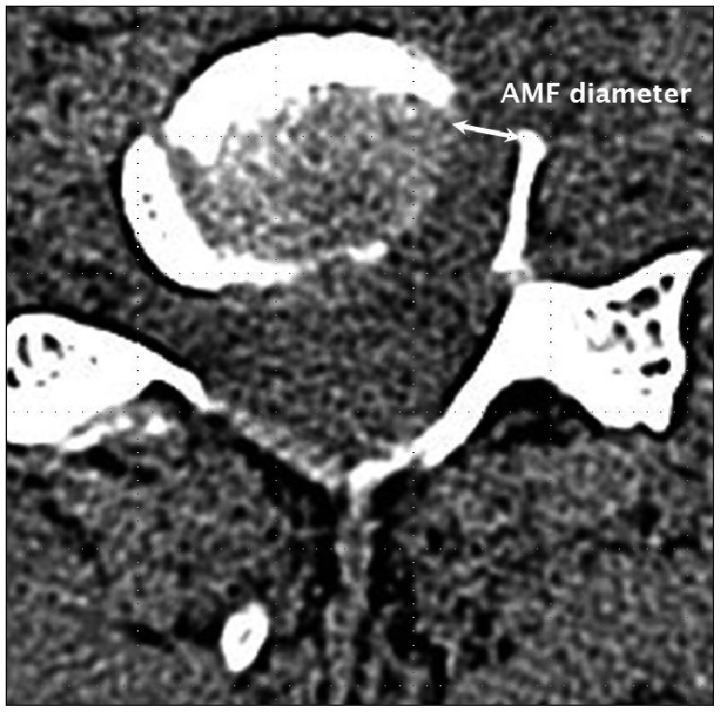
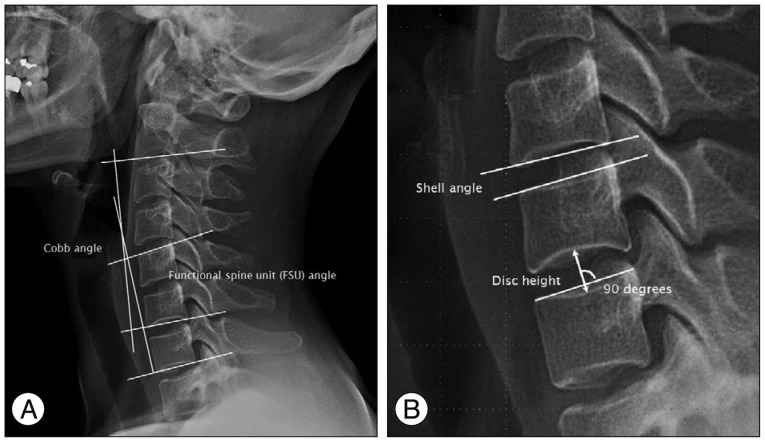
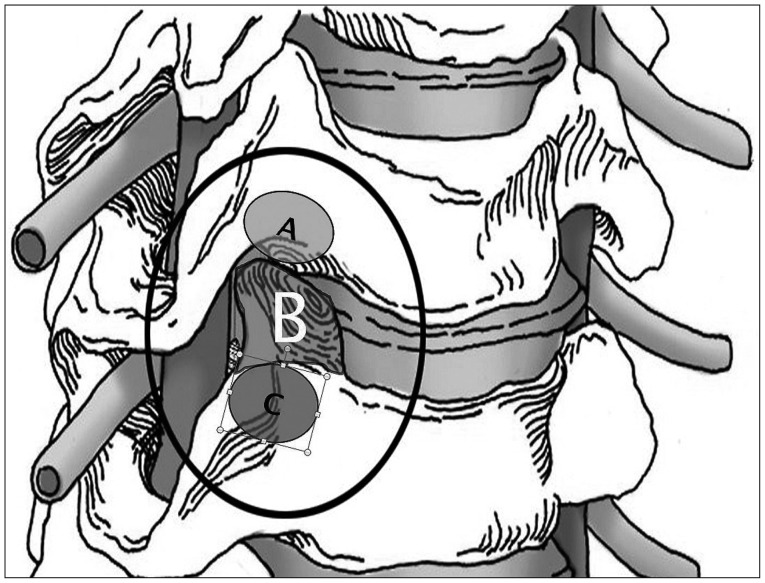
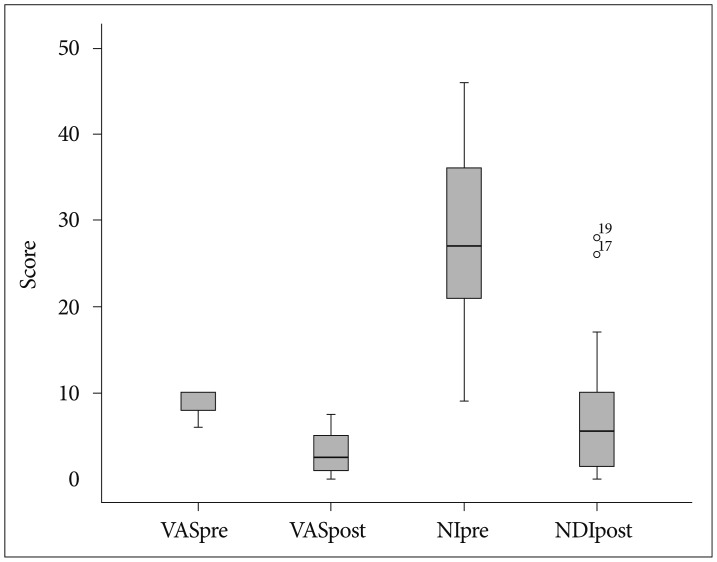
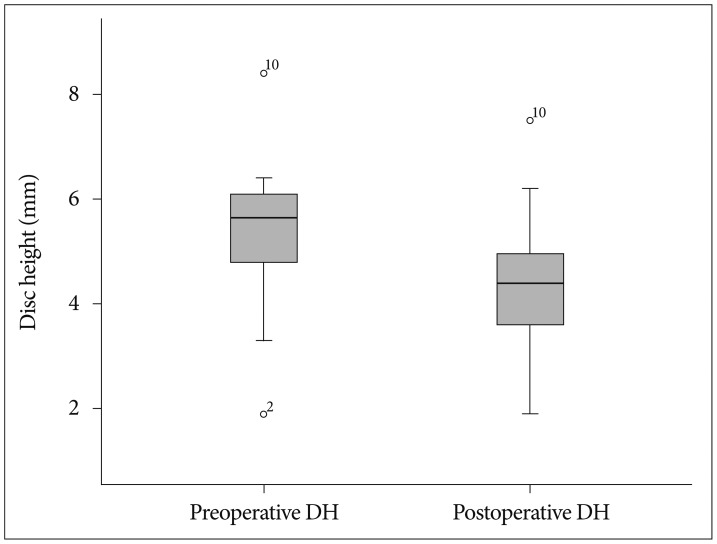


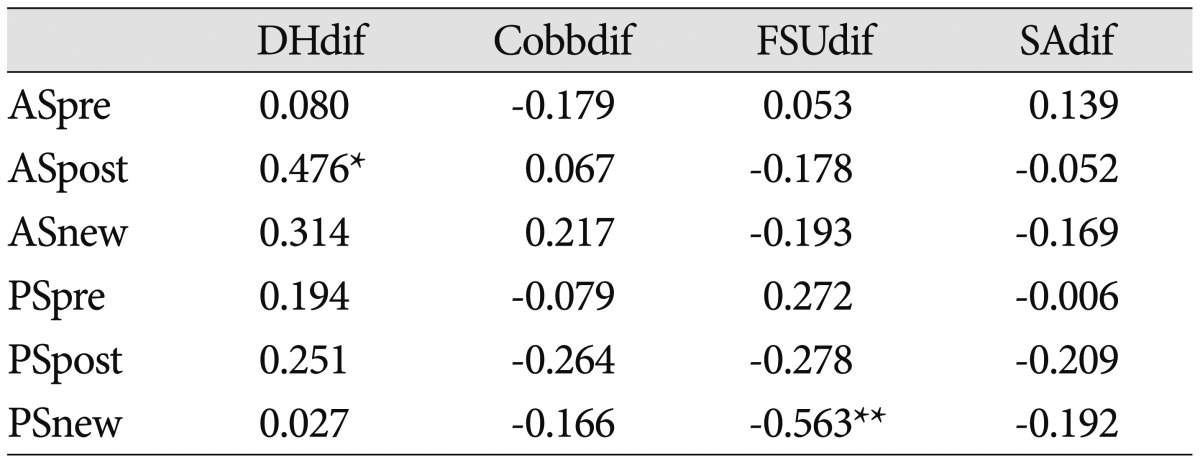




 PDF
PDF ePub
ePub Citation
Citation Print
Print


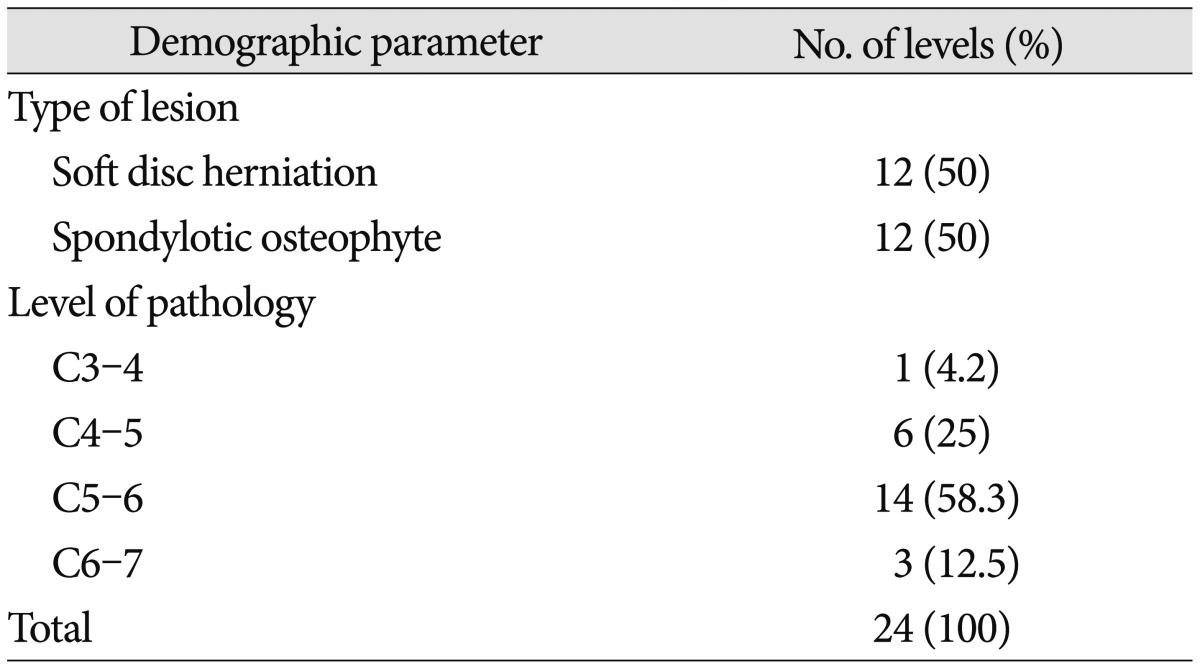
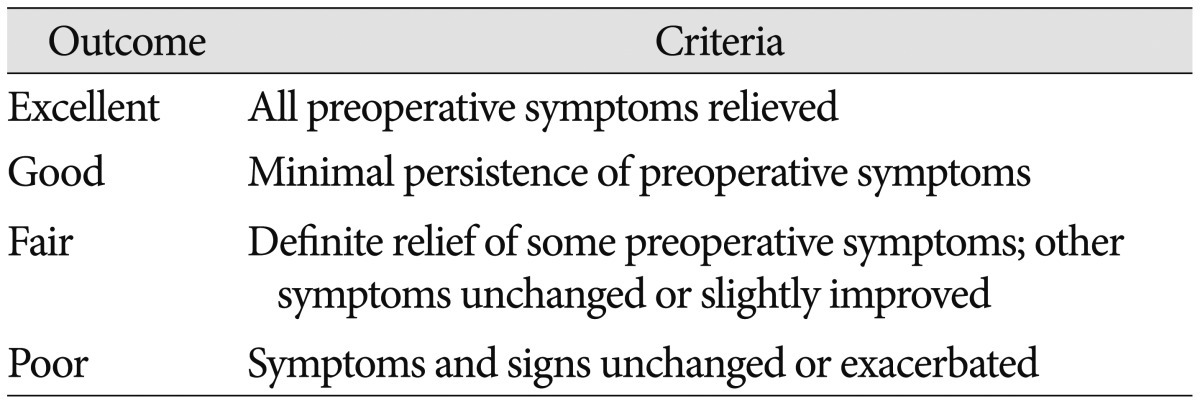
 XML Download
XML Download